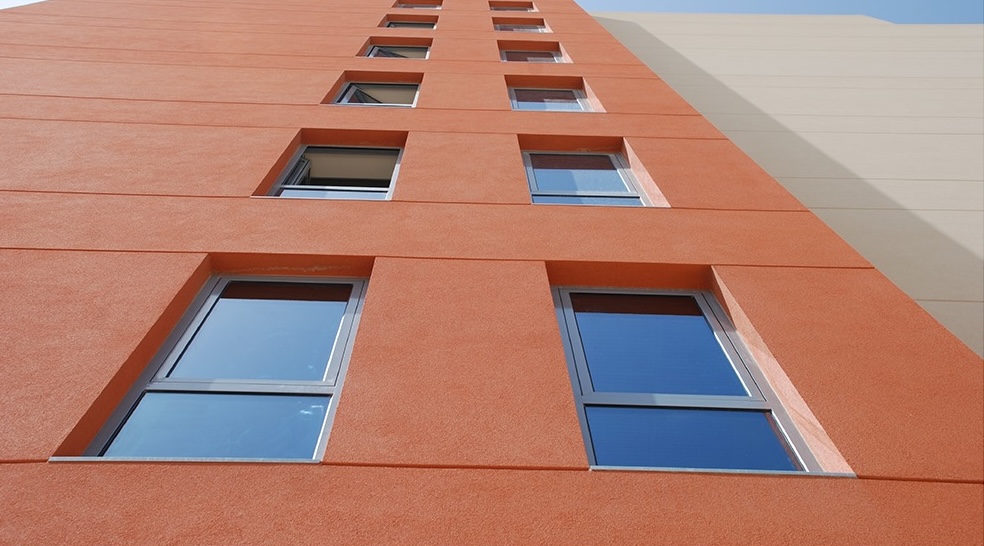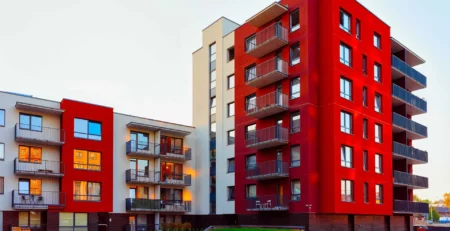Comparison of EIFS Prefabricated and Traditional EIFS Technologies
EIFS (Exterior Insulation and Finish System) prefab technology and traditional installation methods both have their own sets of advantages and disadvantages in the construction industry. Let’s compare them:
- Installation Time:
- EIFS Prefab: Prefabricated EIFS panels are manufactured off-site, which can reduce on-site installation time significantly. The panels are made to fit specific dimensions, so installation can be quicker compared to traditional methods.
- Traditional Installation: Traditional EIFS installation involves applying layers of insulation and finish coatings directly onto the building’s exterior on-site. This method can take longer, as each layer needs time to dry and cure properly.
- Quality Control:
- EIFS Prefab: Prefabricated panels are manufactured under controlled conditions in a factory, allowing for higher quality control and consistency in terms of dimensions and material quality.
- Traditional Installation: Quality control can be more challenging with traditional EIFS installation, as factors like weather conditions, skill level of workers, and on-site logistics can affect the quality of the final product.
- Customization:
- EIFS Prefab: Prefabricated panels may offer less flexibility in terms of design changes during the construction process, as they are made according to specific designs and measurements.
- Traditional Installation: Traditional EIFS installation allows for greater flexibility and customization, as adjustments can be made on-site to accommodate design changes or unexpected conditions.
- Cost:
- EIFS Prefab: Prefabricated EIFS panels may have higher upfront costs due to the manufacturing process and transportation, but they can potentially save money in terms of reduced labour costs and faster construction time.
- Traditional Installation: Traditional EIFS installation may have lower upfront material costs, but labour costs can be higher due to the longer installation time required.
- Complexity:
- EIFS Prefab: Prefabricated EIFS panels can simplify the construction process by reducing the complexity of on-site installation. This can be advantageous for projects with tight schedules or where skilled labour is limited.
- Traditional Installation: Traditional EIFS installation requires skilled labour and careful coordination of various trades on-site. It may be more suitable for projects where customization and design flexibility are critical.
In summary, EIFS prefab technology offers advantages in terms of faster installation, quality control, and reduced on-site labour requirements, while traditional installation methods provide greater flexibility and customization options. The choice between the two depends on factors such as project requirements, budget, timeline, and the level of customization desired.




